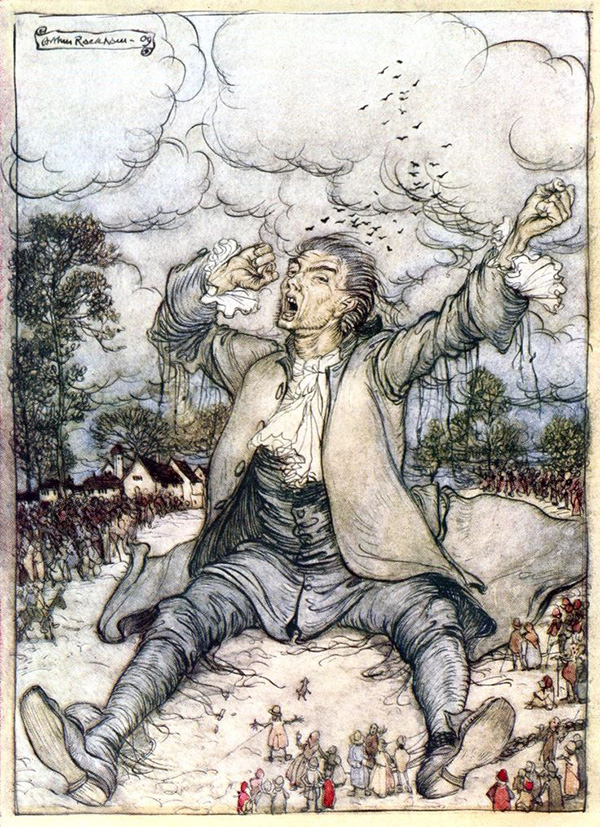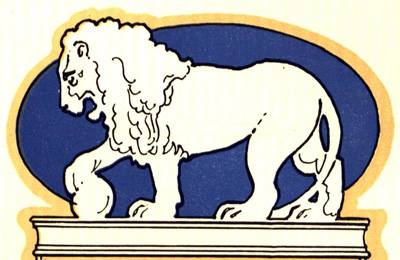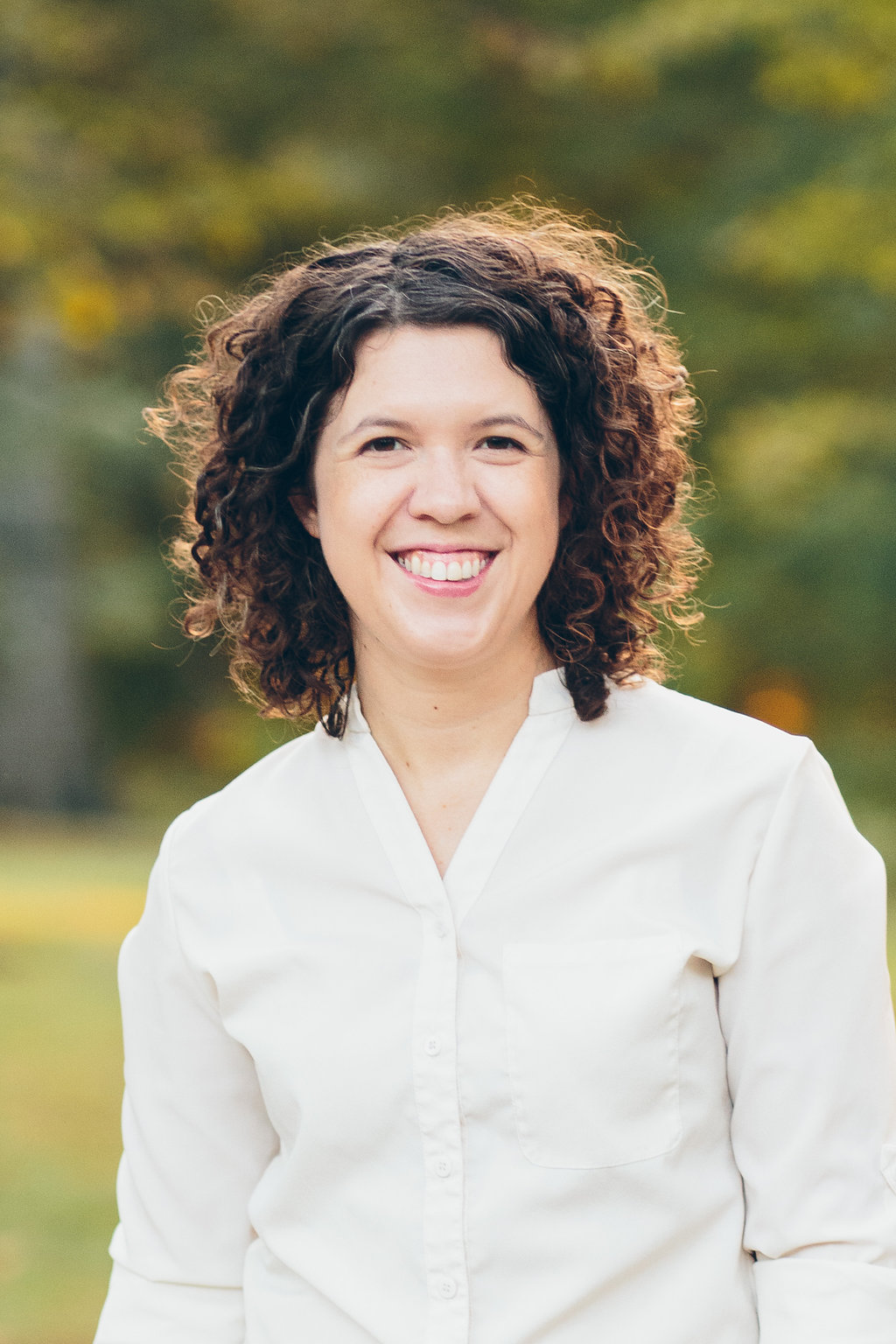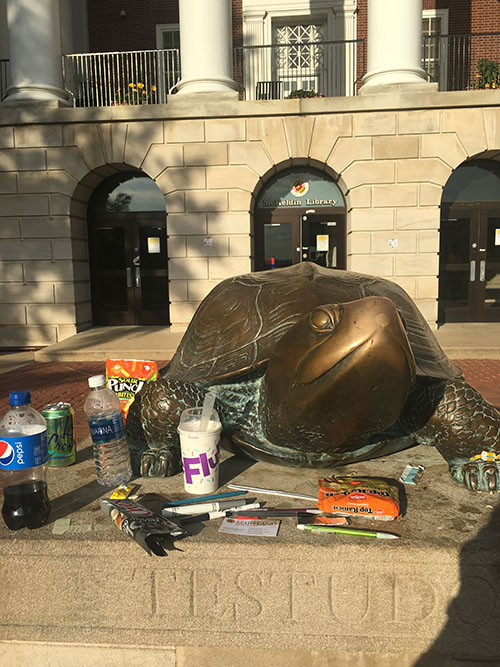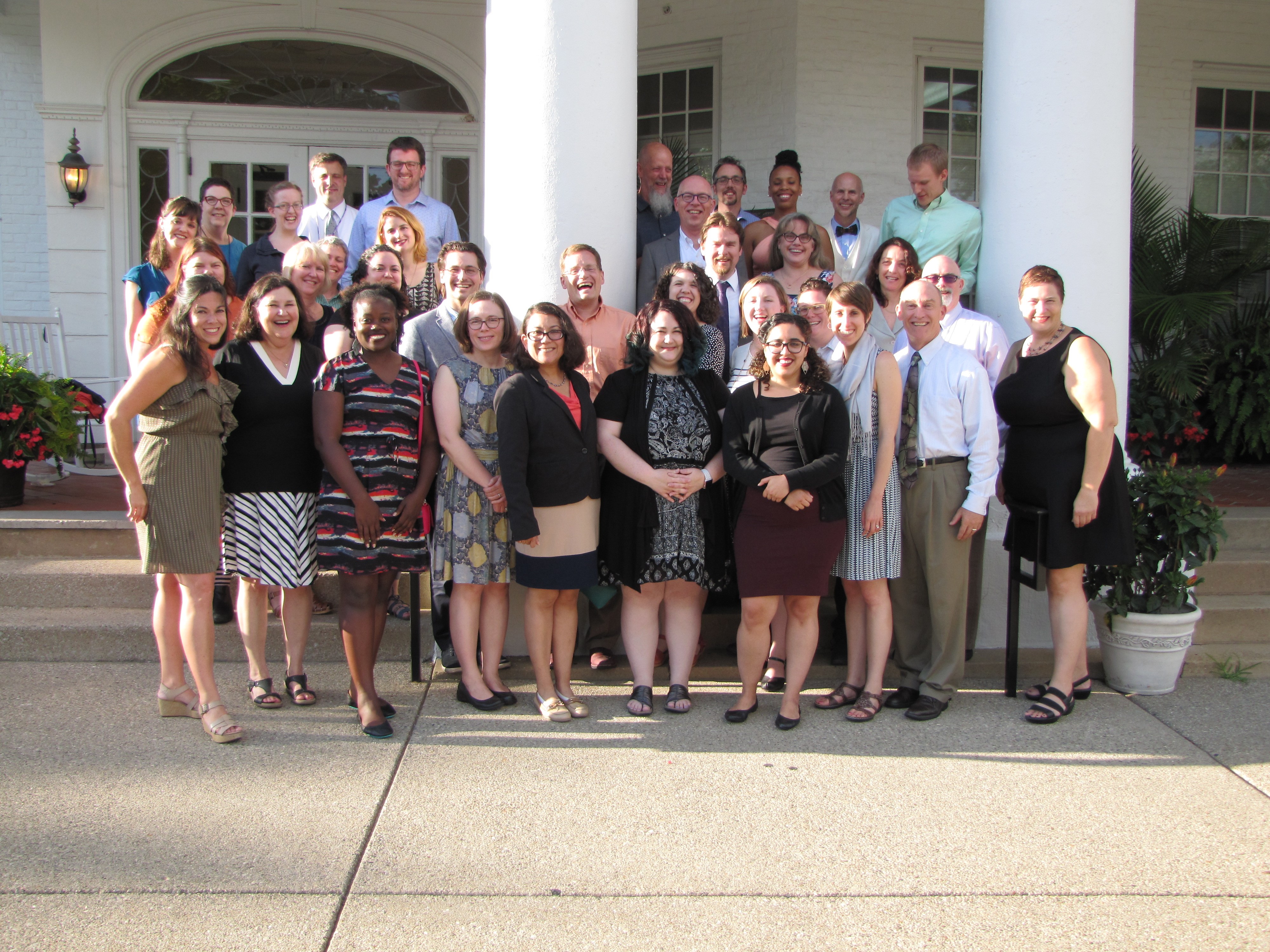By: Alex Temple, Gettler Project Archivist, Archives & Rare Books Library
 One of the most notable parts of Benjamin Gettler’s life and work is his time spent on the Board of Trustees at the University of Cincinnati. He was appointed by Governor George Voinovich in 1993 and elected to chairman of the board in 2000, from which he retired in 2002. While sorting through the records related to his tenure, I was really struck by the massive amount of thought and work that not only goes into shaping the experience for UC students, but also into the surrounding community.
One of the most notable parts of Benjamin Gettler’s life and work is his time spent on the Board of Trustees at the University of Cincinnati. He was appointed by Governor George Voinovich in 1993 and elected to chairman of the board in 2000, from which he retired in 2002. While sorting through the records related to his tenure, I was really struck by the massive amount of thought and work that not only goes into shaping the experience for UC students, but also into the surrounding community.
Among the various campus-life projects represented in the collection, one that is very interesting is the long-term plan to improve the intersection of Martin Luther King Jr. Drive, Jefferson Avenue, and Vine Street. At that time, Uptown (Avondale, Clifton, Clifton 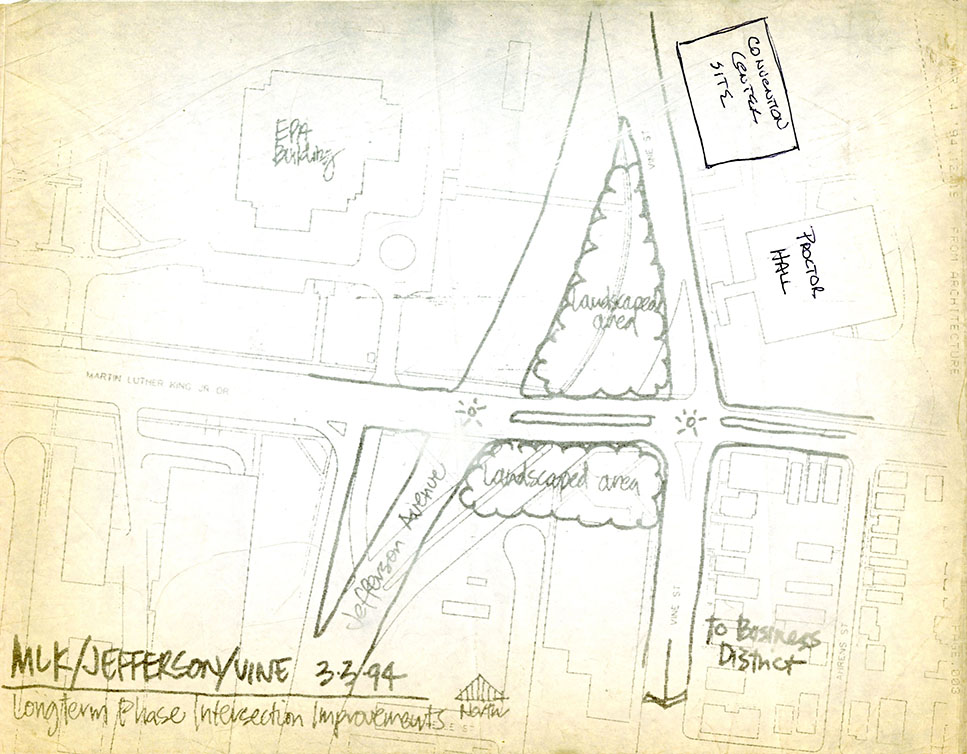 Heights, Corryville, Fairview, Mt. Auburn, and University Heights) accounted for 10% of the city’s population and 14% of the city’s employment, which together provided for over 46,000 workers commuting into or out of Uptown daily. In addition to the university itself, the hospitals, and the Environmental Protection Agency complex, the immediate area saw the construction of a new office complex, the Vontz Center for Molecular Studies, and a UC conference center, including a Marriott hotel. I found the moving pieces, stakeholder interests, and politics concerning an area approximately 100,000 sq. ft. very intriguing. Continue reading
Heights, Corryville, Fairview, Mt. Auburn, and University Heights) accounted for 10% of the city’s population and 14% of the city’s employment, which together provided for over 46,000 workers commuting into or out of Uptown daily. In addition to the university itself, the hospitals, and the Environmental Protection Agency complex, the immediate area saw the construction of a new office complex, the Vontz Center for Molecular Studies, and a UC conference center, including a Marriott hotel. I found the moving pieces, stakeholder interests, and politics concerning an area approximately 100,000 sq. ft. very intriguing. Continue reading



